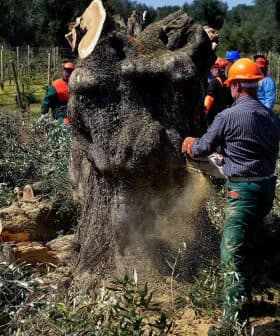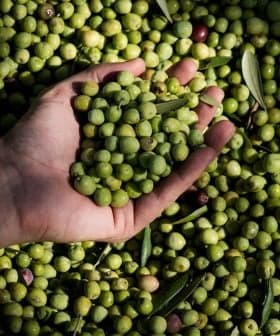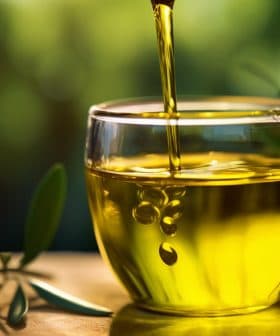Scientists Use Nuclear Magnetic Resonance to Identify Olive Oil Blends
New research published in the scientific journal Foods highlights the relevance of nuclear magnetic resonance (NMR) technologies for the olive oil industry, with a focus on identifying the molecular footprint of extra virgin olive oil blends. The study, led by chemistry professor Francesco Paolo Fanizzi, suggests that NMR technology could be used to certify the contents and transformation processes of olive oil blends, providing new opportunities for optimization and certification within the industry.
New research confirms the growing relevance of nuclear magnetic resonance (NMR) technologies for the olive oil industry.
The latest Italian study, published in the scientific journal Foods, hints at the new opportunities emerging from the identification of the molecular footprint of extra virgin olive oil blends, which could be used to not only certify their contents but also determine the transformational processes applied to the product.
“By the means of this technology, we could optimize and make it easier to create blends, certifying the Italian origin of the final product, differentiating between main cultivar and the other olive oils used for the blend, in this way defining the whole of the characteristics of a specific production,” Francesco Paolo Fanizzi, a chemistry professor at the Apulian University of Salento and one of the authors of the study, told Olive Oil Times.
See Also:Olive Oil TraceabilityWhile a traditional analysis of an extra virgin olive oil sample allows for the identification of specific contents, the molecular footprint within a metabolomic (the study of the unique chemical fingerprints left behind by specific cellular processes) approach allows researchers also to identify “the processes the sample underwent before becoming olive oil, including the different transformation procedures that have been used,” Fanizzi said.
The models used for the research were based on 241 commercial blends produced during four different harvests. Those blends were classified by comparing the results to a reference database composed of 126 monocultivar extra virgin olive oils.
The models, explained the researchers, might also offer an indirect method to classify commercial samples according to their flavor, such as their expected bitterness or pungency characteristics, “although a further specific correlation study with organoleptic analysis is required to reenforce this result.”
Fanizzi is also among the authors of separate research, which was just published in the Food Chemistry journal, that focuses on the Apulian Coratina cultivar and an extraction process that combines ultrasound and thermal techniques, analyzed by means of the nuclear magnetic resonance within a metabolomic approach.
“With our colleagues Maria Lisa Clodoveo and Riccardo Amirante, among others, we have focused on the differences between a traditionally harvested and processed Coratina olive oil and a Coratina olive oil obtained through a new extraction process based on ultrasound technologies,” Fanizzi said.
Among the expected differences between the two, researchers noted a higher yield due to the ultrasound technology “that efficiently tears down the cellular walls.” The differences were further investigated comparing the images obtained through the NMR.
“The samples do not need any kind of pre-processing to be analyzed,” Fanizzi said. “They are just put within an instrument able to take a picture of what its contents are.”
When researchers compared the contents of an early harvest olive oil with a late season harvest, some unexpected results emerged.
“We are traditionally used to consider an early-harvest extra virgin olive oil as a product showing a strong polyphenolic profile,” Fanizzi said. “But thanks to the molecular footprint, we found that the late harvest, while giving as expected a higher yield than the early harvest, also had similarly high levels of polyphenolic contents.”
While such deep specific analysis of extra virgin olive oil contents are far from being considered a standard or official reference for the sector, scientists believe that many producers could benefit from applying such techniques to their products.
“At the moment, even if the European Union requires mandatory labeling for the olive oil origins, there are no current official methods to truly trace the origin of the olive oil,” Fanizzi said. “Our system is now used by companies as means of internal audit, which is needed to verify if the products that are being sold are those described in their own database.”
“This model works both for tracing the origin of the products and its characteristics,” he added. “It also may verify the processes and what kind of modifications [to the olive oil] the transformation process causes.”









